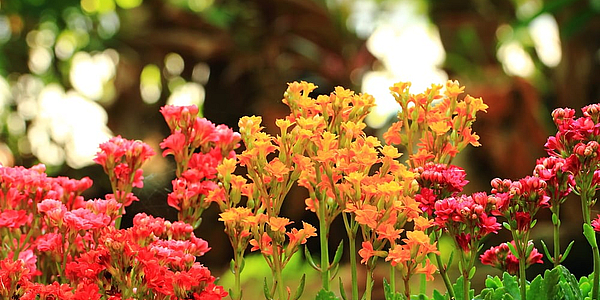


The Antsokay Arboretum was created in 1980 by a Swiss botanist named Hermann Petignat. The botanist was passionate about studying the vegetation of the southern part of the island and decided to buy parcels of land and create a 40 hectare arboretum from scratch. He was aware of the threats to the region's vegetation - mainly bushfires and deforestation - he studied and discovered numerous species and protected them.
Wishing to share his passion, Hermann Petignat developed 4 hectares of the arboretum to welcome the public. An enormous amount of work was involved and the resulting botanical gardens are remarkable and very interesting to look around if you're visiting the south of Madaascar.
The easiest way to get there is to take a taxi from Toliara. Once you get there, you can have a meal in the relaxing décor of the Dry Forest, the restaurant at the entrance to the arboretum. If you feel like spending a quiet night away from Toliara, I would recommend one of the six elegant bungalows at the Auberge de la Table, inside the arboretum.

When I was there, I was lucky enough to have a young botany student from the University of Toliara as my guide. The young guide was so enthusiastic about the richness of his region's plant-life and he passed on his passion to me as we walked around and made the whole thing so much more interesting.
The tour enabled me to learn that of the 900 plant species in the arboretum, 90% are native to south-west Madagascar and nearly 8 out of 10 have medical properties and are used in traditional medicine. Antiseptic roots, fruits that sooth migraines and anti-diabetes seeds - here there are remedies for numerous illnesses.
On the fauna side, the arboretum is also home to a great many mammals and reptiles. Lizards and chameleons hide between the stones and in the branches of the trees and it's up to you to spot them! If you have good eyesight, you may see mouse lemurs, the smallest lemurs in the world.
I would also advise you to visit the arboretum at night because, in general, you'll see more species than you would during the day. Lovers of birdwatching will also be delighted, because there are 34 species of birds in this protected area...take note lovers of wildlife travel!
Your guide will use plant species to show you the particularities of the cultures of the different ethnic groups who live in the south of the island. Within the arboretum, three traditional Vezo, Mahafaly and Antandroy houses have been recreated and a mueum brings together many everyday objects used by the region's inhabitants. In order to show the riches of this part of the country, the arboretum also welcomes schools to raise students' awareness of the ’importance of safeguarding the natural and cultural heeritage of the south of the island.